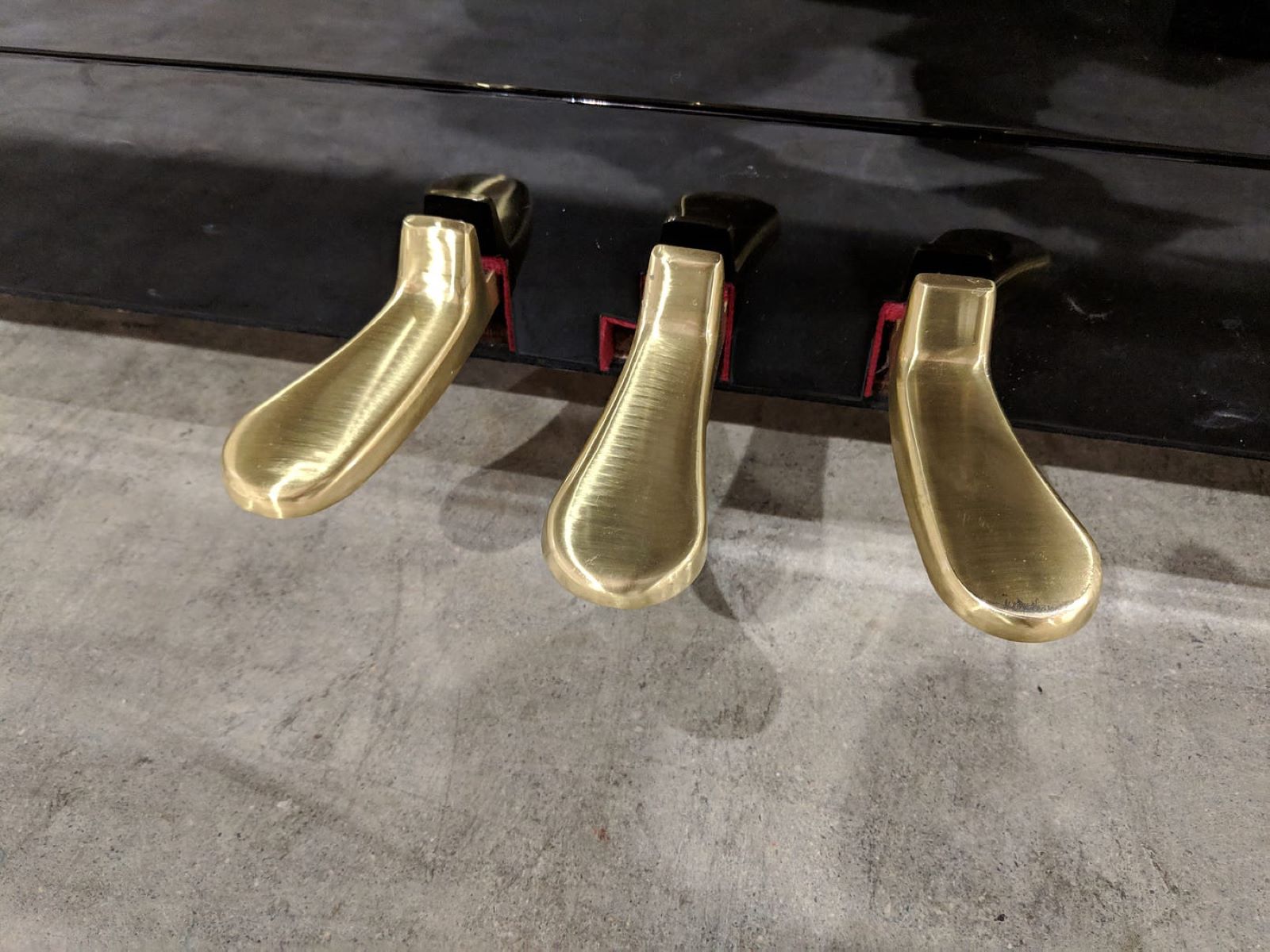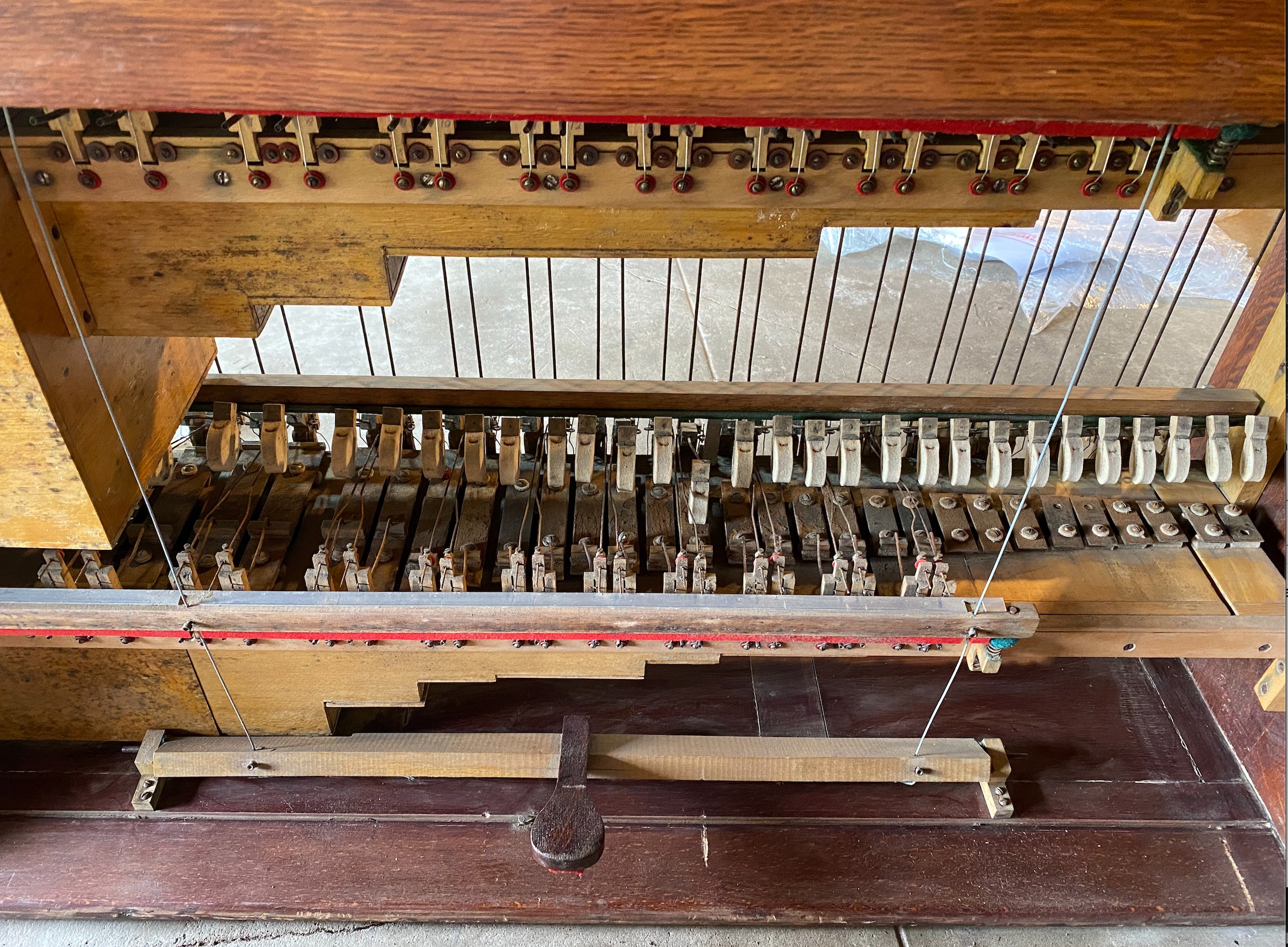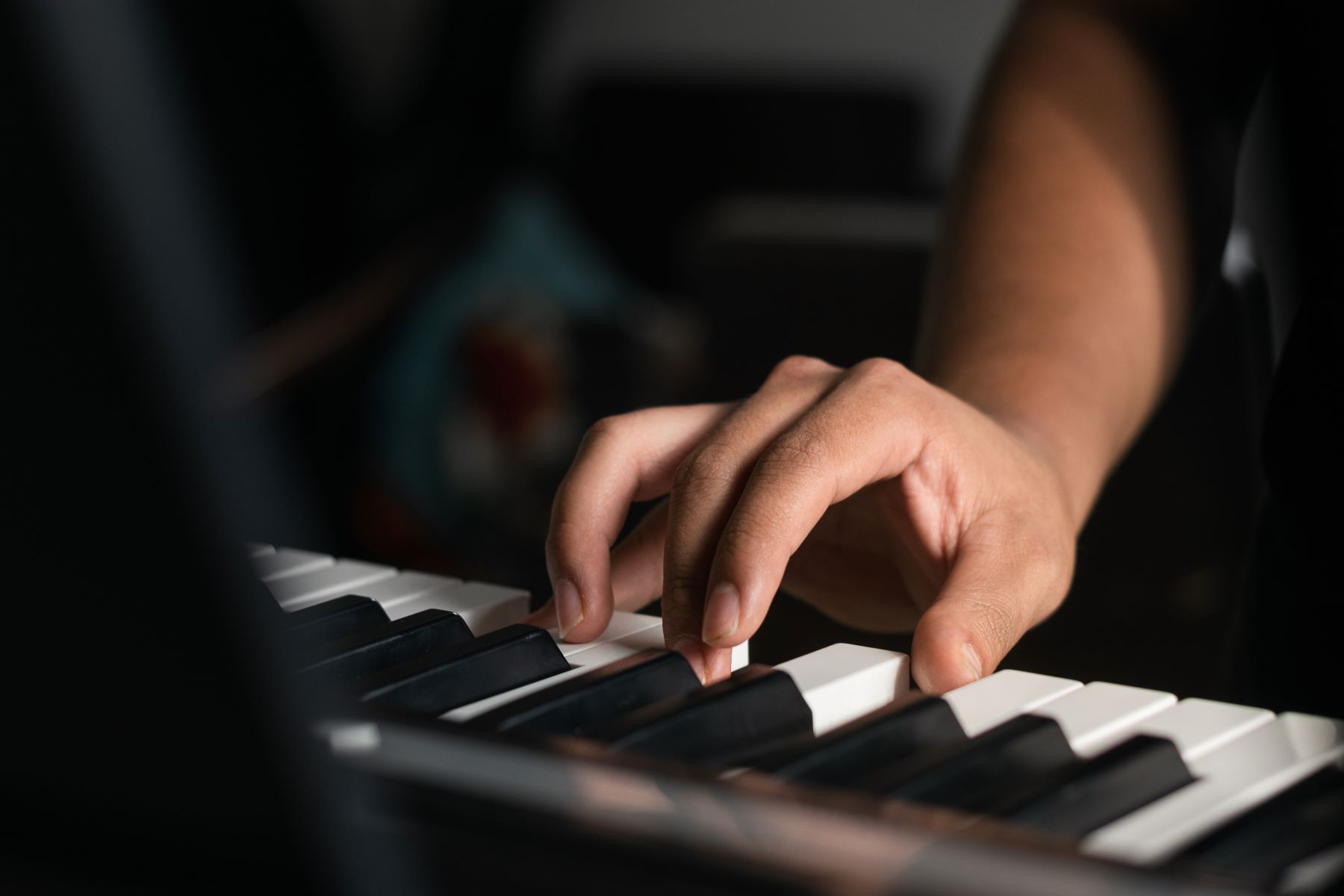Home>Instruments>Piano>What Are The Three Pedals On A Piano For


Piano
What Are The Three Pedals On A Piano For
Published: February 11, 2024
Discover the purpose of the three pedals on a piano and how they enhance the sound and performance. Learn about their functions and significance in piano playing. Explore the role of pedals in creating expressive and dynamic music.
(Many of the links in this article redirect to a specific reviewed product. Your purchase of these products through affiliate links helps to generate commission for AudioLover.com, at no extra cost. Learn more)
Introduction
When you sit down at a piano, you are greeted by an instrument of elegance and complexity. The piano’s 88 keys hold a world of musical possibilities, but it’s not just the keys that contribute to its expressive range. The three pedals at the base of the piano add a layer of nuance and control to the instrument’s sound. Each pedal serves a distinct purpose, influencing the way the strings inside the piano resonate and the notes linger in the air. Understanding the functions of these pedals is essential for pianists looking to fully harness the instrument’s capabilities and expressiveness.
In this article, we will delve into the roles of the three pedals on a piano, shedding light on their individual functions and the sonic effects they produce. Whether you’re a curious music enthusiast or an aspiring pianist, gaining insight into the purpose of these pedals will deepen your appreciation for the piano’s mechanical marvel and its ability to convey emotion through music.
The Sustain Pedal
The sustain pedal, also known as the damper pedal, is perhaps the most familiar and frequently used pedal on the piano. Positioned on the far right, this pedal extends the sound of the notes played on the piano, allowing them to resonate even after the keys are released. When the sustain pedal is depressed, it lifts all the dampers off the strings, enabling the strings to vibrate freely as long as the pedal is held down.
One of the most distinctive features of the sustain pedal is its ability to create a rich, full sound by blending the notes together, particularly when playing chords or arpeggios. This blending effect is known as “legato,” and it contributes to the piano’s characteristic expressive quality. Additionally, the sustain pedal is instrumental in producing a sustained, resonant sound that adds depth and warmth to the music.
While the sustain pedal is commonly associated with elongating the notes, its influence extends beyond mere duration. When used strategically, it can alter the timbre and character of the piano’s sound, enhancing the emotional impact of the music. Pianists often employ the sustain pedal to create a seamless transition between phrases or to evoke a sense of longing and nostalgia through sustained, lingering tones.
For pianists, mastering the control and timing of the sustain pedal is crucial for interpreting and conveying the nuances of a musical piece. Knowing when to engage and release the pedal, as well as how much pressure to apply, empowers pianists to shape the dynamics and articulation of the music, adding depth and dimension to their performances.
Ultimately, the sustain pedal serves as a gateway to unlocking the piano’s emotive potential, allowing musicians to craft captivating narratives and evoke a myriad of emotions through their playing.
The Soft Pedal
Situated to the left of the sustain pedal, the soft pedal, also known as the una corda pedal, introduces a subtle yet significant shift in the piano’s tonal quality. When depressed, the soft pedal causes the entire action of the piano to shift slightly to the right, altering the hammers’ striking position in relation to the strings. This displacement results in a softer, more muted sound, making it a valuable tool for pianists seeking to imbue their music with delicacy and intimacy.
Unlike the sustain pedal, which primarily affects the duration and resonance of the notes, the soft pedal directly impacts the volume and timbre of the piano’s sound. By reducing the intensity of the hammer’s impact on the strings, the soft pedal produces a gentler, more subdued tone, ideal for conveying introspection and vulnerability in musical interpretations.
Besides its role in attenuating the volume, the soft pedal can also evoke a sense of ethereal beauty and nostalgia, particularly when used in conjunction with expressive phrasing and emotive melodies. Pianists often leverage the soft pedal to create a hushed, introspective atmosphere, drawing listeners into the poignant narratives woven through their performances.
Furthermore, the soft pedal enables pianists to explore the dynamic range of the instrument, allowing for seamless transitions between passages of varying intensity. By deftly engaging the soft pedal, musicians can sculpt the contours of their musical expression, from tender whispers to poignant crescendos, enhancing the emotional impact of their performances.
Mastering the art of incorporating the soft pedal into musical interpretations demands sensitivity and finesse. Pianists must develop a keen awareness of when to employ the pedal to achieve the desired emotive effect, integrating its usage seamlessly into their playing to evoke a spectrum of emotions and moods.
In essence, the soft pedal serves as a conduit for infusing subtlety and emotional depth into piano music, offering artists a means to convey vulnerability, tenderness, and introspection through the instrument’s evocative voice.
The Sostenuto Pedal
Distinct from the sustain and soft pedals, the sostenuto pedal, positioned in the middle of the pedal assembly, introduces a unique dimension to the piano’s expressive capabilities. Often encountered in grand pianos and some high-end upright pianos, the sostenuto pedal facilitates selective sustainment of specific notes, offering pianists a nuanced tool for shaping their musical phrasing and articulation.
When the sostenuto pedal is engaged, it sustains only the notes that are being held down at the moment the pedal is pressed, while the subsequent notes played remain unaffected. This selective sustaining allows for individual notes or chords to resonate freely, granting pianists the freedom to craft intricate layers of sound and texture within their performances.
The sostenuto pedal’s functionality empowers pianists to create captivating musical effects, such as sustaining a bass note while playing a melody over it, or sustaining a dissonant chord to build tension and suspense in a composition. This selective sustainment capability lends itself to a diverse range of musical styles and genres, from classical compositions to contemporary pieces that demand complex layering of harmonies and melodies.
By harnessing the sostenuto pedal, pianists can imbue their performances with a heightened sense of depth and complexity, allowing for the seamless interplay of sustained and unsustained notes to evoke a rich tapestry of emotions and moods. This pedal serves as a vehicle for expressing intricate musical phrasing and imbuing compositions with a sense of depth and sophistication.
Mastery of the sostenuto pedal requires a keen understanding of musical structure and a discerning ear for tonal balance and expression. Pianists must skillfully integrate the sostenuto pedal into their interpretations, leveraging its selective sustainment to convey nuanced emotions and convey the intricacies of a musical narrative.
In essence, the sostenuto pedal stands as a testament to the piano’s versatility and expressive potential, offering pianists a tool to sculpt intricate musical landscapes and infuse their performances with layers of depth and resonance.
Conclusion
The three pedals on a piano – the sustain pedal, the soft pedal, and the sostenuto pedal – collectively enrich the instrument’s expressive palette, granting pianists the means to imbue their music with a diverse array of tonal nuances and emotional depth. Each pedal serves as a gateway to a distinct realm of sonic possibilities, offering a spectrum of effects that shape the piano’s voice and influence the emotional resonance of musical performances.
From the familiar embrace of the sustain pedal, prolonging and blending notes to create a lush, resonant soundscape, to the understated elegance of the soft pedal, delicately shaping the piano’s volume and timbre to evoke intimacy and introspection, and finally, to the selective sustainment afforded by the sostenuto pedal, allowing for intricate layers of sound and texture to unfold, these pedals are integral to the art of piano playing.
Understanding and harnessing the capabilities of these pedals is essential for pianists seeking to convey the depth and complexity of musical compositions. The artful integration of pedal techniques into performances demands not only technical proficiency but also a keen sensitivity to the emotional nuances and expressive potential inherent in each pedal’s function.
Ultimately, the pedals on a piano serve as conduits for translating the pianist’s artistic vision into evocative musical narratives, enriching performances with subtlety, emotion, and depth. Whether navigating the sweeping arcs of a sonata, the tender whispers of a nocturne, or the intricate textures of a contemporary composition, the judicious use of these pedals enables pianists to imbue their music with a profound sense of expression and artistry.
As pianists continue to explore the boundless realms of musical expression, the pedals on the piano stand as steadfast allies, empowering them to shape and articulate their musical interpretations with grace, nuance, and emotional resonance.











